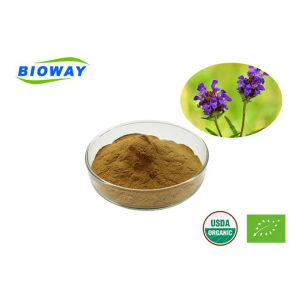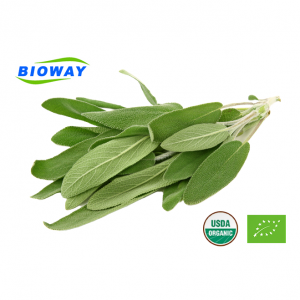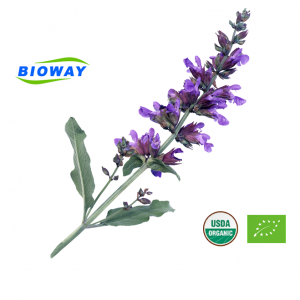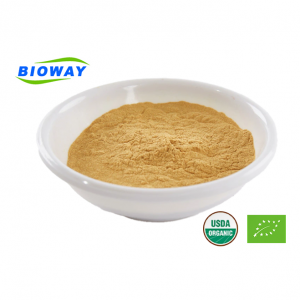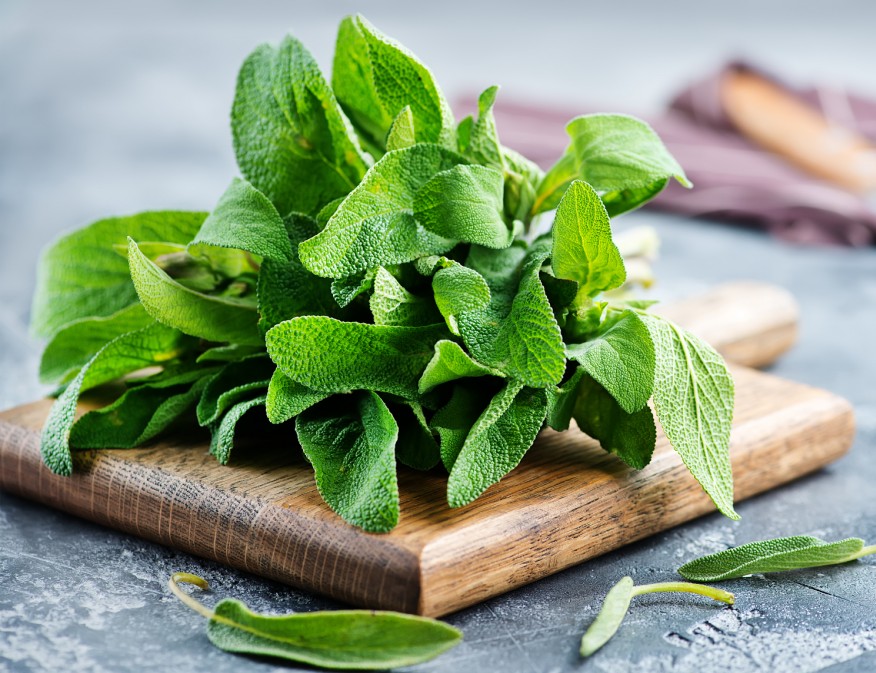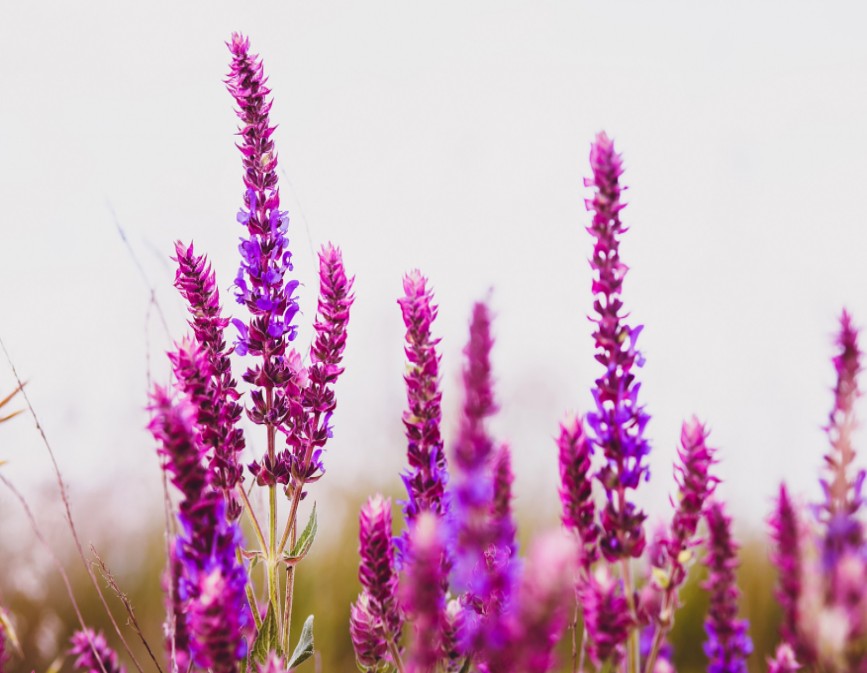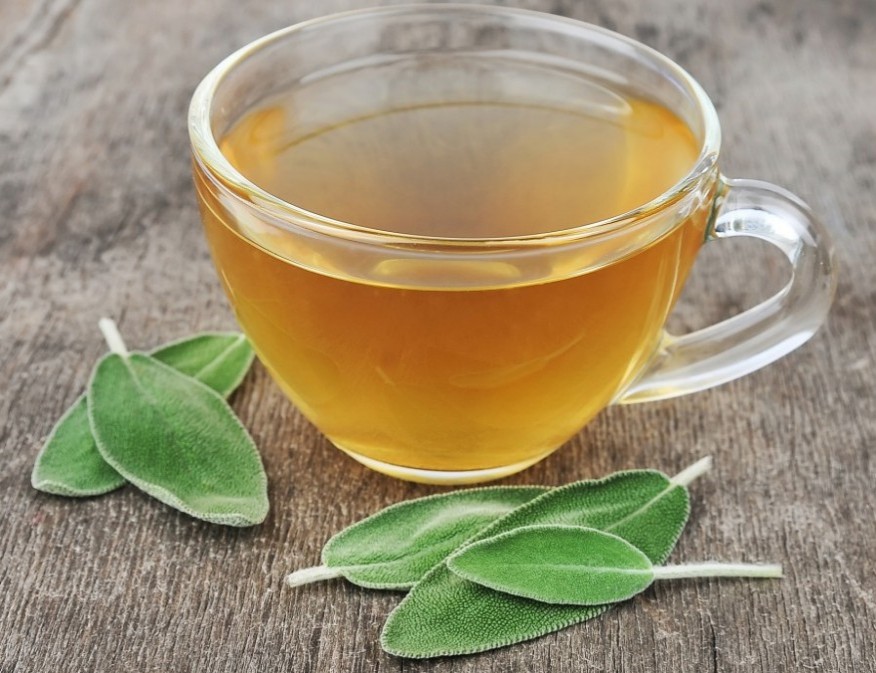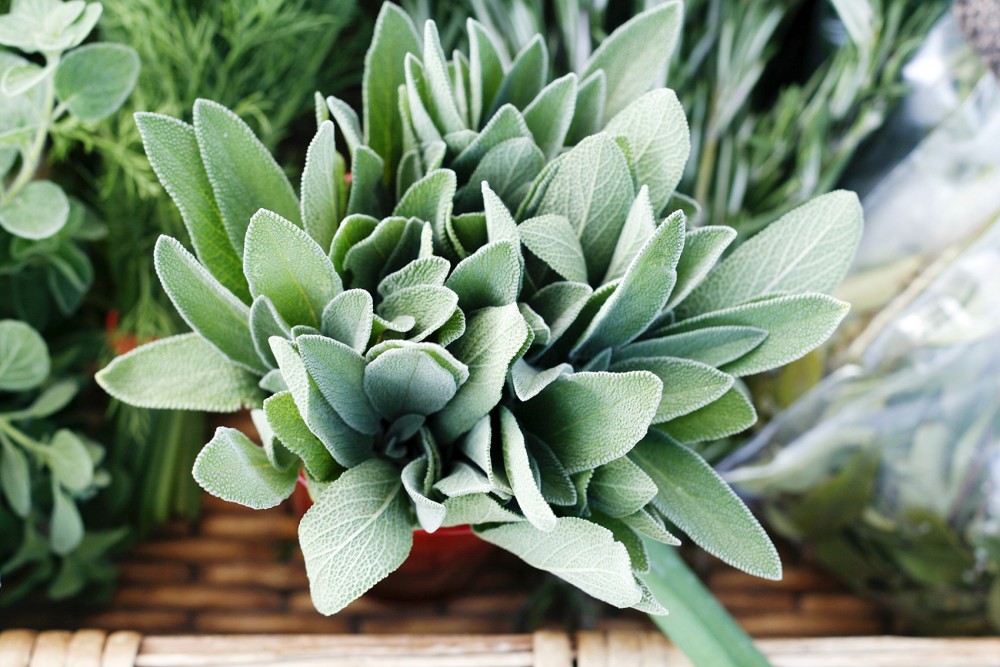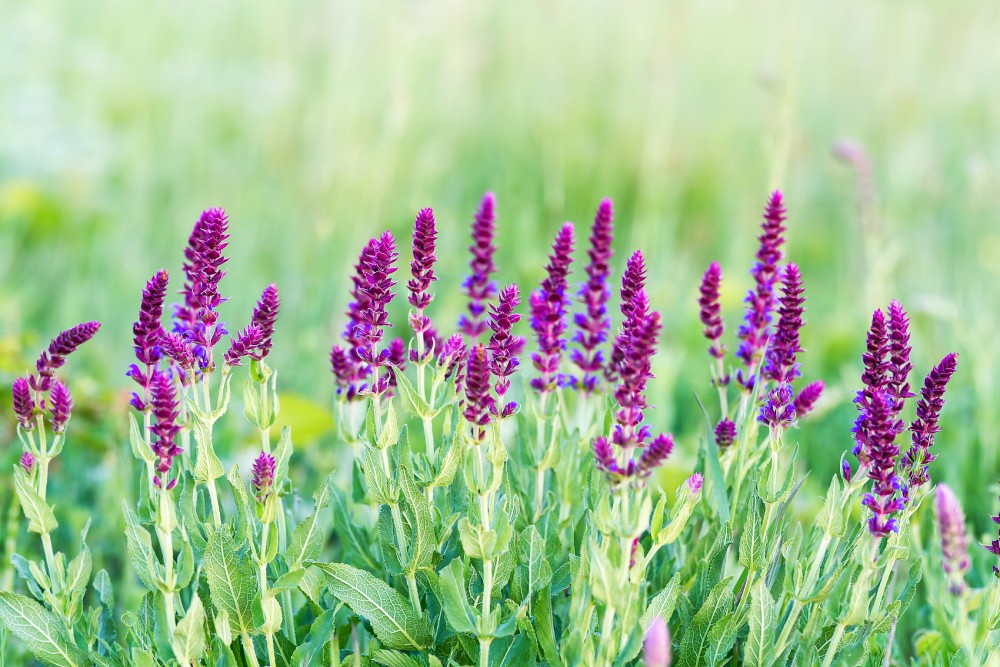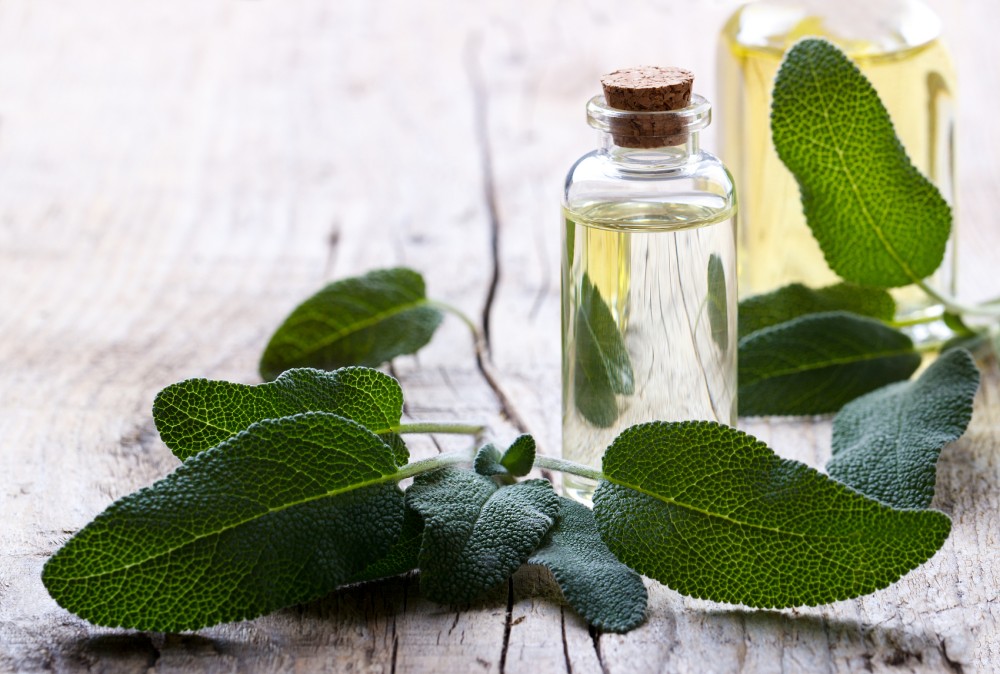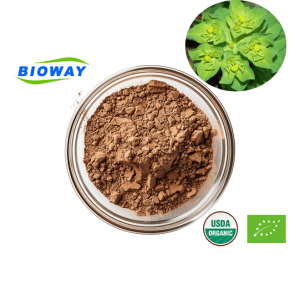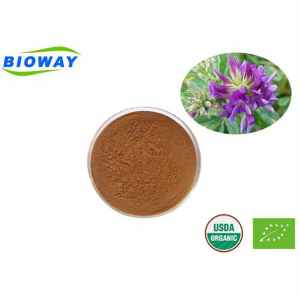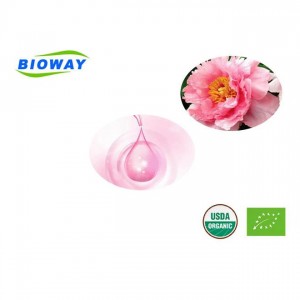Sage Leaf Ratio Extract Powder
Sage Leaf Ratio Extract Powder refers to a powdered form of an extract derived from the leaves of the Salvia officinalis plant, commonly known as sage. The term "ratio extract" indicates that the extract is made using a specific ratio or proportion of sage leaves to the extraction solvent.
The extraction process involves using a chosen solvent, such as water or ethanol, to dissolve and extract the active compounds present in sage leaves. The resulting liquid extract is then dried, usually through methods like spray drying or freeze-drying, to obtain a powdered form. This powdered extract retains the concentrated bioactive compounds found in sage leaves.
The ratio mentioned in the name of the extract could refer to the ratio of sage leaves to the solvent used for extraction. For example, a 10:1 ratio extract would mean that 10 parts of sage leaves were used for every 1 part of the extraction solvent.
Sage Leaf Ratio Extract Powder is often used in dietary supplements, herbal products, and cosmetic formulations due to its potential health benefits. Sage is known for its antioxidant, antimicrobial, anti-inflammatory, and cognitive-enhancing properties. However, it's important to note that the specific composition and potency of the extract may vary depending on the manufacturing process and the desired product.
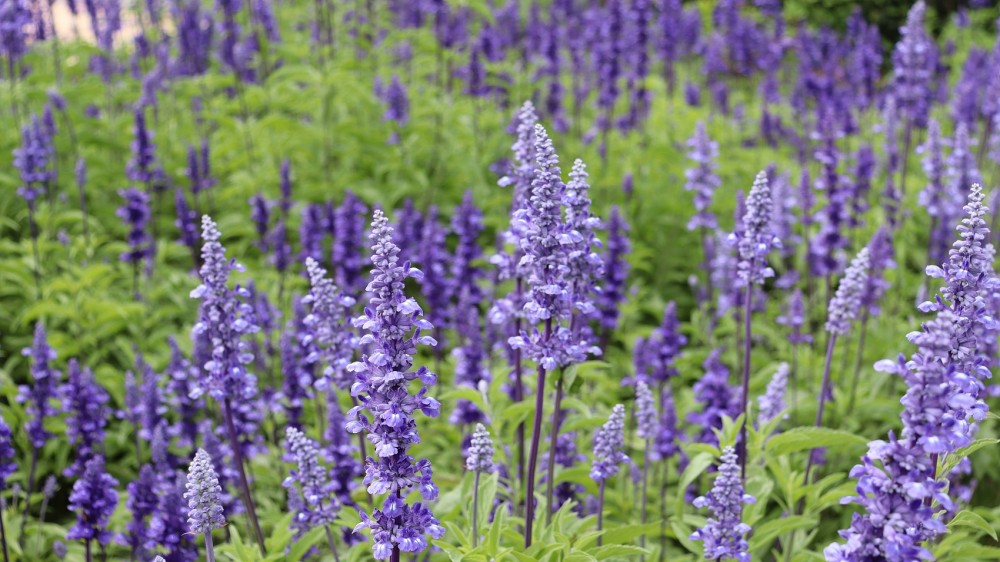
| Items | Specification | Result |
| Sage Extract | 10:1 | 10:1 |
| Organoleptic | ||
| Appearance | Fine Powder | Conforms |
| Color | Brown yellow powder | Conforms |
| Odor | Characteristic | Conforms |
| Taste | Characteristic | Conforms |
| Physical Characteristics | ||
| Particle Size | NLT 100% Through 80 mesh | Conforms |
| Loss on Drying | <=12.0% | Conforms |
| Ash (Sulphated Ash) | <=0.5% | Conforms |
| Total Heavy Metals | ≤10ppm | Conforms |
| Microbiological Tests | ||
| Total Plate Count | ≤10000cfu/g | Conforms |
| Total Yeast & Mold | ≤1000cfu/g | Conforms |
| E.Coli | Negative | Negative |
| Salmonella | Negative | Negative |
| Staphylococcus | Negative | Negative |
Sage Leaf Ratio Extract Powder product selling features:
1. High Quality: Our Sage Leaf Ratio Extract Powder is made from carefully selected, high-quality Salvia officinalis leaves. We ensure that the plants are sourced from reputable suppliers to guarantee the utmost quality in every batch.
2. Potent and Concentrated: Our extraction process is designed to concentrate the active compounds found in sage leaves, resulting in a highly potent extract powder. This means that a small amount of our product goes a long way, providing you with maximum effectiveness.
3. Standardized Content: We take pride in our standardized content approach, ensuring that our Sage Leaf Ratio Extract Powder contains a consistent and optimal ratio of active compounds. This allows for reliable and predictable results with every use.
4. Versatile Application: Our extract powder can be easily incorporated into various forms, such as capsules, tablets, or added to food and beverages. This versatility allows you to enjoy the benefits of sage in a way that suits your preferences and lifestyle.
5. Natural and Pure: We prioritize the purity of our Sage Leaf Ratio Extract Powder by using extraction methods that retain the natural properties of the sage leaves without the use of harmful chemicals or additives. Rest assured knowing that you are consuming a clean and natural product.
6. Multiple Health Benefits: Sage has been traditionally used for its various health benefits. Our extract powder may support cognitive function, improve digestion, provide antioxidant support, and promote overall well-being. Experience the potential benefits of sage with our high-quality extract powder.
7. Convenient Packaging: Our Sage Leaf Ratio Extract Powder is available in convenient, airtight packaging that helps maintain its freshness and potency. This ensures a longer shelf life and easy storage.
8. Reliable and Trustworthy: As a reputable brand, we prioritize customer satisfaction and product integrity. Our Sage Leaf Ratio Extract Powder undergoes rigorous quality control and testing to ensure that it meets the highest standards of quality, purity, and potency.
9. Expertly Crafted: Our extraction process is carefully executed by experienced professionals who follow strict guidelines and industry best practices. This attention to detail and expertise ensures that our Sage Leaf Ratio Extract Powder is of the highest quality.
10. Customer Support: We value our customers and are committed to providing excellent customer service. If you have any questions or concerns regarding our Sage Leaf Ratio Extract Powder or its usage, our dedicated customer support team is here to assist you.
Sage leaf ratio extract powder has long been used in traditional medicine for its various health benefits. Some potential health benefits of sage leaf ratio extract powder include:
1. Antioxidant properties: Sage contains antioxidants that can help protect the body against the damaging effects of free radicals, potentially reducing the risk of chronic diseases like heart disease and certain cancers.
2. Anti-inflammatory effects: Sage leaf extract has been found to possess anti-inflammatory properties, which may help reduce inflammation and alleviate symptoms associated with conditions like arthritis and inflammatory bowel disease.
3. Cognitive function: Sage extract has been studied for its potential benefits on cognitive function, particularly memory, and attention. Some studies suggest that sage may help improve memory and cognitive performance.
4. Digestive health: Sage leaf extract may have digestive benefits, including reducing indigestion, bloating, and flatulence. It may also help stimulate appetite and promote healthy digestion.
5. Oral health: Sage has been used for centuries as a natural remedy for oral health problems. It may help reduce bacteria that cause bad breath, gingivitis, and mouth infections.
6. Menopausal symptoms: Some studies indicate that sage extract may provide relief from menopausal symptoms like hot flashes and night sweats. However, more research is needed to confirm these effects.
It is important to note that while sage leaf extract powder may offer potential health benefits, individual results may vary. It is always recommended to consult with a healthcare professional before adding any new supplements or herbal remedies to your routine, especially if you have any underlying health conditions or are taking medications.
Sage Leaf Ratio Extract Powder has a wide range of application fields due to its various potential benefits and properties. Some common application fields for this extract powder include:
1. Herbal supplements: Sage Leaf Ratio Extract Powder is commonly used as an ingredient in herbal supplements and nutraceutical products. It is believed to have several health benefits, including antioxidant and anti-inflammatory properties, which may support overall well-being.
2. Traditional medicine: Sage has a long history of use in traditional medicine for various purposes, including digestive health, respiratory issues, and menopausal symptoms. Sage Leaf Ratio Extract Powder can be used in the formulation of traditional herbal remedies.
3. Skin and hair care products: Due to their antimicrobial and anti-inflammatory properties, Sage Leaf Ratio Extract Powder can be incorporated into cosmetic formulations such as face creams, lotions, shampoos, and hair conditioners. It is believed to help soothe irritation, improve skin health, and promote hair growth.
4. Culinary applications: Sage is a popular culinary herb known for its aromatic flavor. Sage Leaf Ratio Extract Powder can be used as a natural flavoring agent in various food and beverage products, such as sauces, dressings, and herbal teas.
5. Aromatherapy: The aroma of sage has a calming and grounding effect. Sage Leaf Ratio Extract Powder can be used in diffusers, candles, or other aromatherapy products to create a relaxing ambiance and promote a sense of well-being.
6. Oral care products: Sage Leaf Ratio Extract Powder's antimicrobial properties make it suitable for use in mouthwashes, toothpaste, and other oral care products. It may help combat oral bacteria and promote oral hygiene.
These are just a few examples of the application fields for Sage Leaf Ratio Extract Powder. The specific application and dosage may vary depending on the intended use and regulatory guidelines in different countries.
A simplified textual representation of the production process for Sage Leaf Ratio Extract Powder:
1. Harvesting: Sage leaves are harvested from Salvia officinalis plants at the appropriate stage of growth.
2. Cleaning: The harvested sage leaves are cleaned to remove any dirt, debris, or impurities.
3. Drying: The cleaned sage leaves are dried using methods like air drying or low-temperature drying to reduce moisture content.
4. Grinding: The dried sage leaves are ground into a fine powder using a grinding machine or mill.
5. Extraction: The ground sage leaf powder is mixed with a specific ratio of solvent (such as water or ethanol) in a vessel.
6. Solvent circulation: The mixture is allowed to circulate or macerate over a period of time to allow the solvent to extract the active compounds from the sage leaves.
7. Filtration: The liquid extract is separated from the solid plant material through filtration or the use of a press.
8. Solvent removal: The obtained liquid extract is then subjected to a process that removes the solvent, leaving behind a semi-solid or concentrated liquid extract.
9. Drying: The semi-solid or concentrated liquid extract is further processed for drying, usually through methods like spray drying or freeze-drying, to obtain a powdered form.
10. Grinding (optional): If necessary, the dried extract powder may undergo further grinding or milling to achieve a finer particle size.
11. Quality control: The final Sage Leaf Ratio Extract Powder is analyzed, tested, and evaluated for quality, purity, and potency.
12. Packaging: The extract powder is then packaged in suitable containers, such as sealed bags or bottles, to preserve its quality and integrity.
It is important to note that the specific details of the production process may vary depending on the manufacturer, equipment used and desired specifications of the Sage Leaf Ratio Extract Powder.

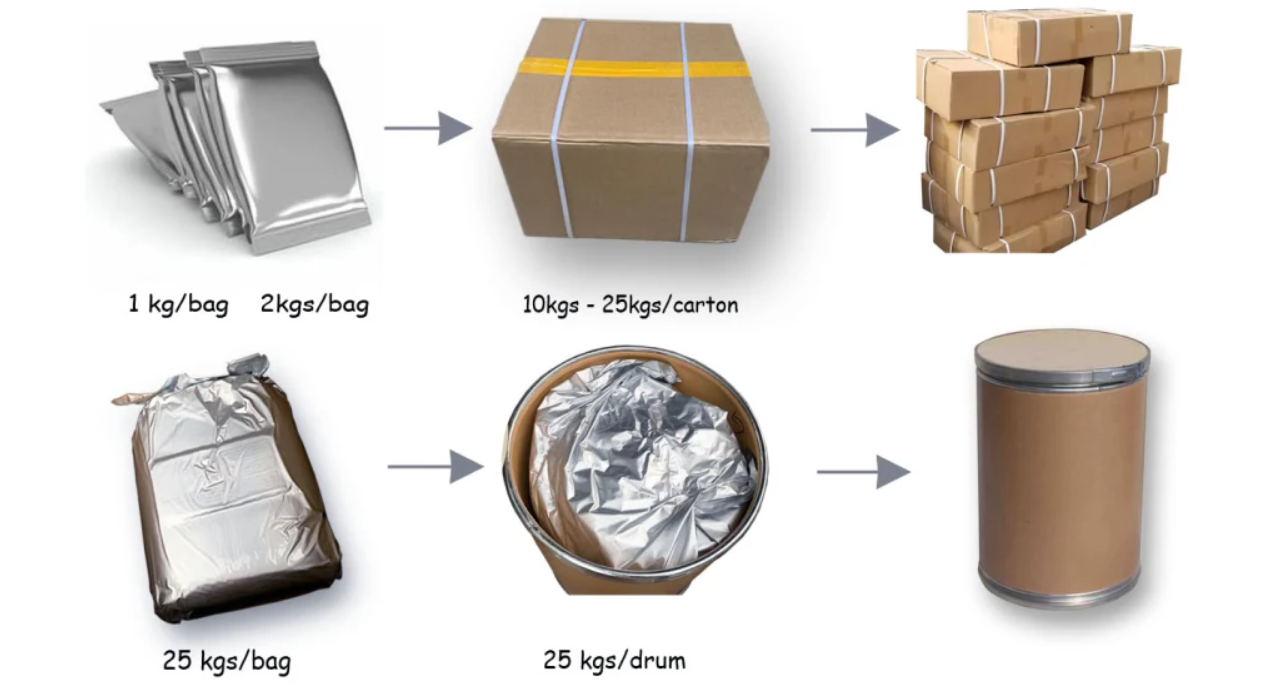
Express
Under 100kg, 3-5Days
Door to door service easy to pick up the goods
By Sea
Over300kg, Around 30 Days
Port to port service professional clearance broker needed
By Air
100kg-1000kg, 5-7Days
Airport to airport service professional clearance broker needed

Sage Leaf Ratio Extract Powder is certified by USDA and EU organic, BRC, ISO, HALAL, KOSHER, and HACCP certificates.

Drinking sage in moderate amounts is generally considered safe for most people. However, consuming excessive amounts of sage or using it in high concentrations may potentially lead to certain side effects. Here are some possible side effects:
1. Gastrointestinal Issues: Consuming large amounts of sage tea or infusion may cause stomach discomfort, nausea, vomiting, or diarrhea in some individuals.
2. Allergic Reactions: Some people may be allergic to sage. If you are allergic to other plants in the Lamiaceae family (such as mint, basil, or oregano), it is advisable to exercise caution when using sage and monitor for any signs of allergic reactions, such as skin rashes, itching, swelling, or difficulty breathing.
3. Hormonal Effects: Sage contains compounds that may have hormonal effects. In excessive amounts, it could potentially interfere with hormonal balance, particularly estrogen levels. This may be a concern for individuals with certain hormonal conditions or those taking medications that affect hormonal balance. If you have any underlying hormonal conditions or are taking hormonal medications, it is best to consult with a healthcare professional before consuming sage in large quantities.
4. Possible Neurological Effects: Some studies suggest that excessive consumption of sage or its essential oil may have neurotoxic effects. However, these studies were conducted on concentrated extracts or isolated compounds, and the safety of consuming sage as a food or in moderate quantities is generally not a concern.
It's worth noting that the side effects mentioned above are mainly associated with excessive consumption or high concentrations of sage. If you have any concerns or medical conditions, it is always recommended to consult with a healthcare professional before incorporating large amounts of sage into your diet or using it for medicinal purposes.
Salvia miltiorrhiza, Salvia officinalis, and Salvia japonica Thunb. are all different species of the Salvia plant genus, commonly known as sage. Here are some key differences between these three species:
Salvia miltiorrhiza:
- Commonly known as Chinese or Dan Shen sage.
- Native to China and extensively used in Traditional Chinese Medicine (TCM).
- It is known for its root, which is used in herbal preparations.
- In TCM, it is primarily used for cardiovascular health, promoting circulation, and supporting normal blood pressure.
- It contains active compounds such as salvianolic acids, which are believed to have antioxidant and free-radical scavenging properties.
Salvia officinalis:
- Commonly known as common or garden sage.
- Native to the Mediterranean region and widely cultivated worldwide.
- It is a culinary herb used as a spice and flavoring agent in cooking.
- It is also used for its medicinal properties and has been traditionally used for digestive complaints, sore throat, mouth ulcers, and as a general tonic.
- It contains essential oils, primarily thujone, which gives sage its distinctive aroma.
Salvia japonica Thunb.:
- Commonly known as Japanese sage or shiso.
- Native to East Asia, including Japan, China, and Korea.
- It is a perennial plant with aromatic leaves.
- In Japanese cuisine, the leaves are used as a garnish, in sushi, and in various dishes.
- It is also considered to have medicinal properties and has been used traditionally for allergy relief, digestive issues, and promoting healthy skin.
- It contains active compounds such as perilla ketone, rosmarinic acid, and luteolin, which are believed to contribute to its health benefits.
While these plants belong to the same genus, they have different characteristics, traditional uses, and active compounds. It is important to note that the information provided here should not be considered as medical advice, and it is always recommended to consult with a healthcare professional or herbalist for personalized guidance and information.


